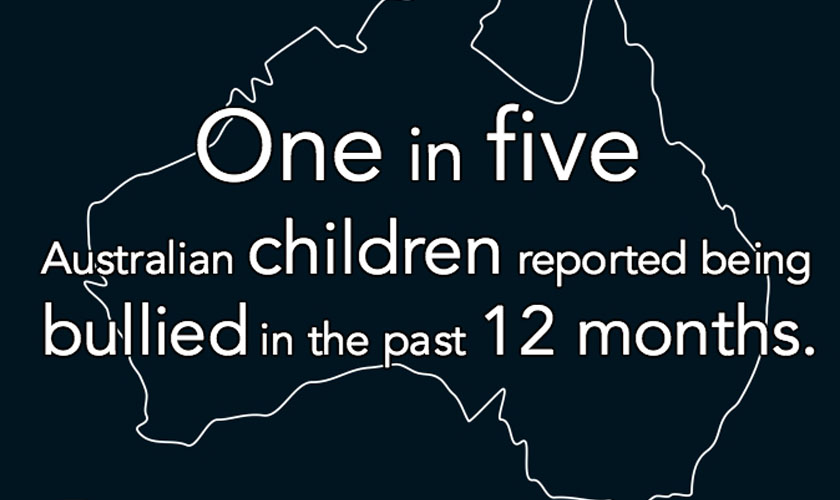The Signs of Cyber-Bullying

Cyber-bullying is becoming increasingly prolific in our schools. Whilst many parents and guardians have an idea of what bullying is, many are not up-to-date in all areas of technology, and may be, understandably, totally unaware of the online abuse that their child is being subjected to. A researcher from the University of the Sunshine Coast, Dr Larisa McLoughlin, has attempted to give parents a starting point to recognise key areas in which cyber-bullying may occur. However, as Dr McLoughlin explains herself, as technology evolves exponentially, so too will the forms and variety of cyber-bullying. Therefore, it is important to be aware, in a general sense, of what may be happening. Cyber-bullying can fall into two categories; the more traditional ‘overt’ bullying, such as mockery, shaming or other direct abuse, and the more often overlooked ‘covert’ bullying, involving exclusion and indirect derogation. Both can be equally damaging to a child’s mental health. Where cyber-bullying is used to merely cover abusive emails or text message, it can now take many forms, including visual media such as photos or videos. These may be videos of the bullied child, shared in an attempt to embarrass or demean, or videos sent to that child in an attempt to make them feel excluded or indirectly attack them. Dr McLoughlin highlights 8 current ways cyber-bullying can take shape. Whilst these may not cover everything, they are a good place to start if you are concerned for your child.
- Trolling: intentionally posting hurtful, usually untrue, comments solely to illicit an angry or upset response.
- Flaming: multiple aggressive comments designed to hurt or demean.
- Visual media: posting, sharing or messaging embarrassing, upsetting or hurtful pictures or videos. This may be done directly to the victim or to their friends/peers.
- Exclusion: intentionally excluding or removing someone from a group. This may include online games, group chats or social media groups.
- Catfishing: pretending to be someone else through social media profiles, with the intent of making the victim romantically interested, to either later embarrass them or potentially defraud them for financial or other gain.
- Impersonation: pretending to be the victim by taking their online name or account, without permission, in order to cause damage or embarrassment.
- Stalking: using social media applications to track the victim’s location or sending messages showing some form of tracking or following.
- Threats of violence: these can be through text-based or image-based messages, making the victim feel physically unsafe.
Many of these actions, such as stalking or threatening, are illegal in their own right and should be handled as such. However, even if these actions do not seem to be ‘breaking the law’, they may constitute grounds for an Intervention/Restraining Order against the bully. The internet is an amazing resource for knowledge and entertainment. If your child is being made to feel scared, unsafe or demeaned in this environment, there may be more you can do than turning off the computer. At Stanley & Co Lawyers, we can assist in applications for Intervention Orders, and negotiating with Schools and other organisations, so that your child can be protected.